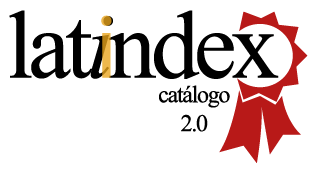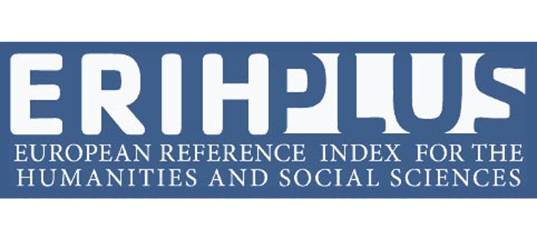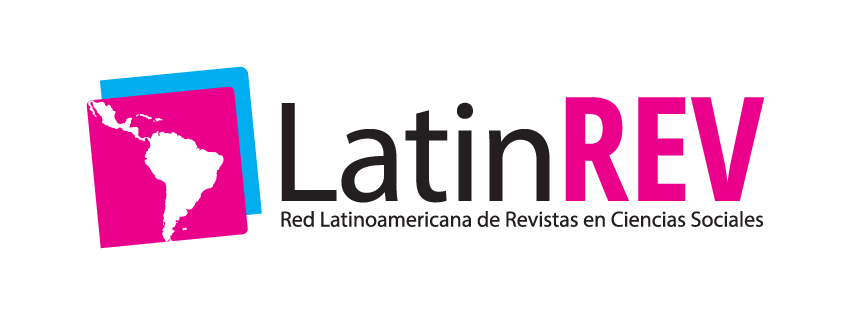Optimal Design of a Toroidal Pressure Vessel of Variable Thickness for Storing Hydrogen in Cars
DOI:
https://doi.org/10.46480/esj.4.2.107Keywords:
Hydrogen Storage, Pressure Container, Toroid Shape, OptimizationAbstract
The vehicle future would be, within two energy trends that benefit the environment; long-term battery storage or hydrogen storage for use as fuel. In the case of the use of hydrogen, this needs to be stored in a container inside the car that provides it with a greater autonomy than it would have with other types of fuels, such as gas, diesel or gasoline. The composite containers are ideal to solve this problem, since the relationship between resistance and weight is very favorable compared to metal containers. One of the solutions that is currently being studied is the use of pressure containers in the shape of a torus, which fits very well with the specifications that cars currently have. In the present work, it will be seen that a torus shaped container or pressure vessel has many obvious advantages over traditional forms. The AS4D / 9310 composite (Carbon-Epoxy) has been used for the elaboration and it has been conditioned with the Tsai-Wu failure criterion, through a numerical simulation by the Finite Element Method.
Downloads
References
N. Sirosh and A. Niedzwiecki, “Development of storage tanks: High-pressure vessels,” Hydrogen Technology: Mobile and Portable Applications (Green Energy and Technology). pp. 291–310, 2008.
K. COMPRESION, “Cilindros GNC Vehicular,” 2018. [Online]. Available: http://www.kioshicompresion.com/vehicular.html. [Accessed: 19-Jun-2019].
J. Cook and B. J. Richards, “Aparato de Contención de Gas,” ES Patente,2 163 040,Oct 28, 1998.
C. P. Fowler, A. C. Orifici, and C. H. Wang, “A review of toroidal composite pressure vessel optimisation and damage tolerant design for high pressure gaseous fuel storage,” Int. J. Hydrogen Energy, vol. 41, no. 47, pp. 22067–22089, Dec. 2016.
A. Miravete, “Materiales Compuestos. Volumen I i II,” Mater. compuestos, 2000.
S. J. Park and B. J. Kim, “Carbon fibers and their composites,” Springer Ser. Mater. Sci., vol. 210, pp. 275–317, 2015.
X. Huang, “Fabrication and Properties of Carbon Fibers,” Materials, vol. 2, no. 4. pp. 2369–2403, 2009.
Boeing, “Recuperado de:www.boeing.com.” [Online]. Available: www.boeing.com. [Accessed: 19-Jun-2019].
Airbus, “Recuperado de:www.airbus.com.” [Online]. Available: www.airbus.com. [Accessed: 19-Jun-2019].
Ferrari, “Recuperado de www.ferrari.com.” [Online]. Available: www.ferrari.com. [Accessed: 19-Jun-2019].
J. S. Park, C. S. Hong, C. G. Kim, and C. U. Kim, “Analysis of filament wound composite structures considering the change of winding angles through the thickness direction,” Compos. Struct., vol. 55, no. 1, pp. 63–71, 2002.
I. S. Maksimyuk, V. A., Chernyshenko, “No linear Elastic State of Thin-Walled Toroidal Shells Made of Orthotropic Composites,” Int. Appl. Mech., vol. 35, no. 12, pp. 1238–1245, 1999.
L. Zu, S. Koussios, and A. Beukers, “Pattern design and optimization for filament - wound toroidal pressure vessels,” in 23rd Technical Conference of the American Society for Composites, Memphis, TN, USA, 2008.
L. Zu, “Stability of fiber trajectories for winding toroidal pressure vessels,” Compos. Struct., vol. 94, no. 5, pp. 1855–1860, 2012.
H. Hu, S. Li, J. Wang, and L. Zu, “Structural design and experimental investigation on filament wound toroidal pressure vessels,” Compos. Struct., vol. 121, pp. 114–120, 2015.
A. Gaspar Cunha, R. Takahashi, C. Henggeler Antunes, and F. J. B. Pereira, “Algoritmos genéticos,” in Manual de computação evolutiva e metaheurística, Imprensa da Universidade de Coimbra, 2014, pp. 25–47.
D. Patiño-Pérez and A. Corz-Rodríguez, “Optimum design of a toroidal pressure vessel of composite material for gas (CNG) powered vehicles,” Dyna, vol. 94, no. 5, pp. 546–553, 2019.
D. Patiño and A. Corz, “Comparative Analysis of Toroidal Pressure Vessels of Composite by Finite Elements,” Int. J. Innov. Appl. Stud., vol. 25, no. 1, pp. 162–175, 2018.
M. J. Vick and K. Gramoll, “Finite Element Study on the Optimization of an Orthotropic Composite Toroidal Shell,” J. Press. Vessel Technol., vol. 134, no. 5, pp. 1–7, 2012.
N. Enoma, H. O. Egware, H. J. Itoje, and U. G. Unueroh, “Membrane Solutions For Circular Toroidal Shells Under Internal Hydrostatic Pressure,” vol. 2, no. 10, pp. 2895–2900, 2015.
S. Li and J. Cook, “An Analysis of Filament Overwound Toroidal Pressure Vessels and Optimum Design of Such Structures,” J. Press. Vessel Technol., vol. 124, no. 2, p. 215, 2002.
J. N. Reddy, Mechanics of Laminated Composite Plates and Shells Theory and Analysis. CRC Press, 2004.
E. J. Barbero, Introduction to Composite Materials Design, Second Edition. 2010.
D. Jesus and J. Gonzalez, “Pressure based approach for Automated Fiber Placement (AFP) with sensor based feedback loop and flexible component in the effector,” in IFAC, 2017, vol. 50, no. 1, pp. 794–799.
G. S. Springer and L. P. Kollar, “Displacements, Strains, and Stresses,” in Mechanics of composite structures, 2003.
E. J. Barbero and M. Shahbazi, “Determination of material properties for ANSYS progressive damage analysis of laminated composites,” Compos. Struct., vol. 176, pp. 768–779, 2017.
V. M. Kuznetsov and G. E. Nekhoroshikh, “Application of carbon fiber-reinforced plastics in the manufacture of toroidal pressure vessels,” Polym. Sci. Ser. D, vol. 8, no. 3, pp. 231–234, 2015.
Downloads
Published
Issue
Section
License
Authors retain the copyright of their articles and are therefore free to share, copy, distribute, perform, and publicly communicate their work on their personal websites or in institutional repositories after its publication in this journal, provided that full bibliographic information is given to acknowledge its original publication.































